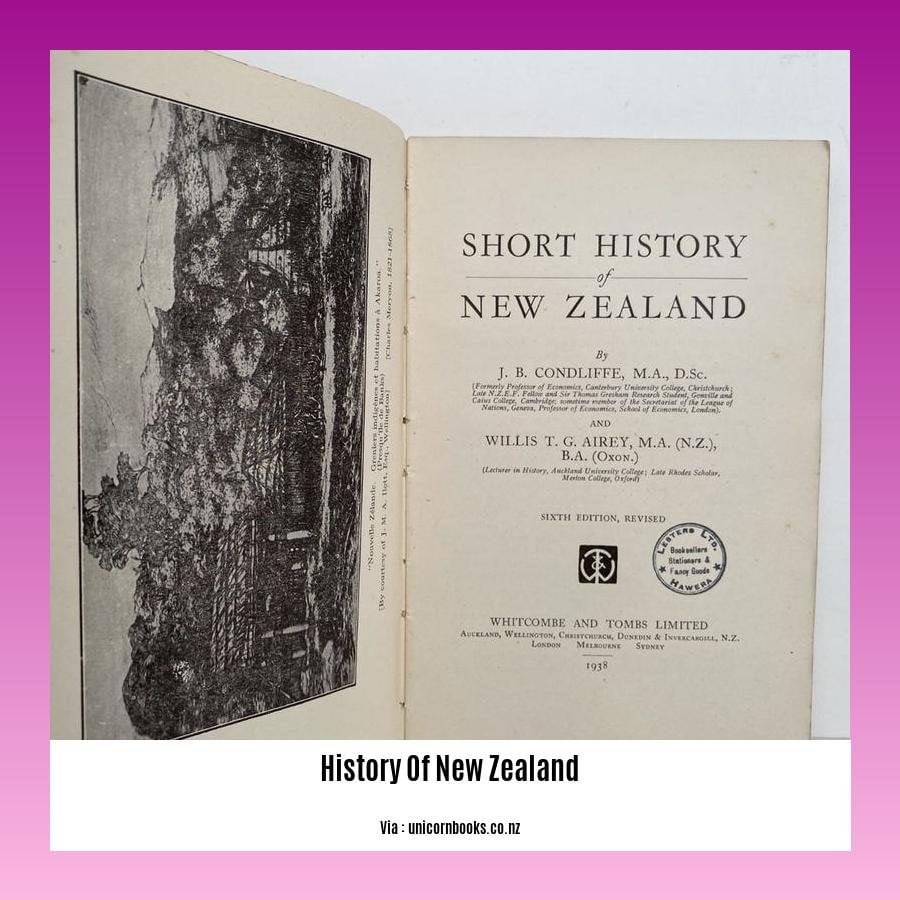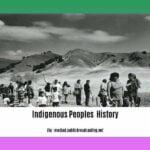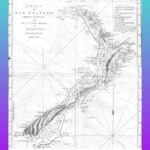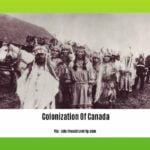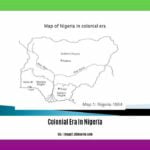Embark on [A Historian’s Guide to the History of New Zealand: Unveiling a Nation’s Tapestry] to delve into the intriguing tapestry of events that have shaped this nation. Our journey begins with its indigenous heritage, where we unravel the rich traditions and cultural legacy of the Māori people. We then explore the transformative colonial era, examining the Treaty of Waitangi and its profound impact on New Zealand’s socio-political landscape. Finally, we traverse the turbulent years of The New Zealand Wars, a pivotal conflict that left an enduring imprint on the nation’s history. Join us as we uncover the complex interplay of culture, governance, and economics that has woven the vibrant fabric of New Zealand’s identity.
Key Takeaways:
- Polynesians first settled New Zealand in the 14th century, establishing a unique Māori culture.
- Dutch explorer Abel Tasman encountered New Zealand in 1642, marking the beginning of European contact.
- New Zealand expressed a desire to join Australia’s Federation in the 1890s.
- The Labour Party’s post-WWII leadership contributed to the establishment of the United Nations.
- Tourism was a significant economic driver until its disruption by the COVID-19 pandemic.
History of New Zealand
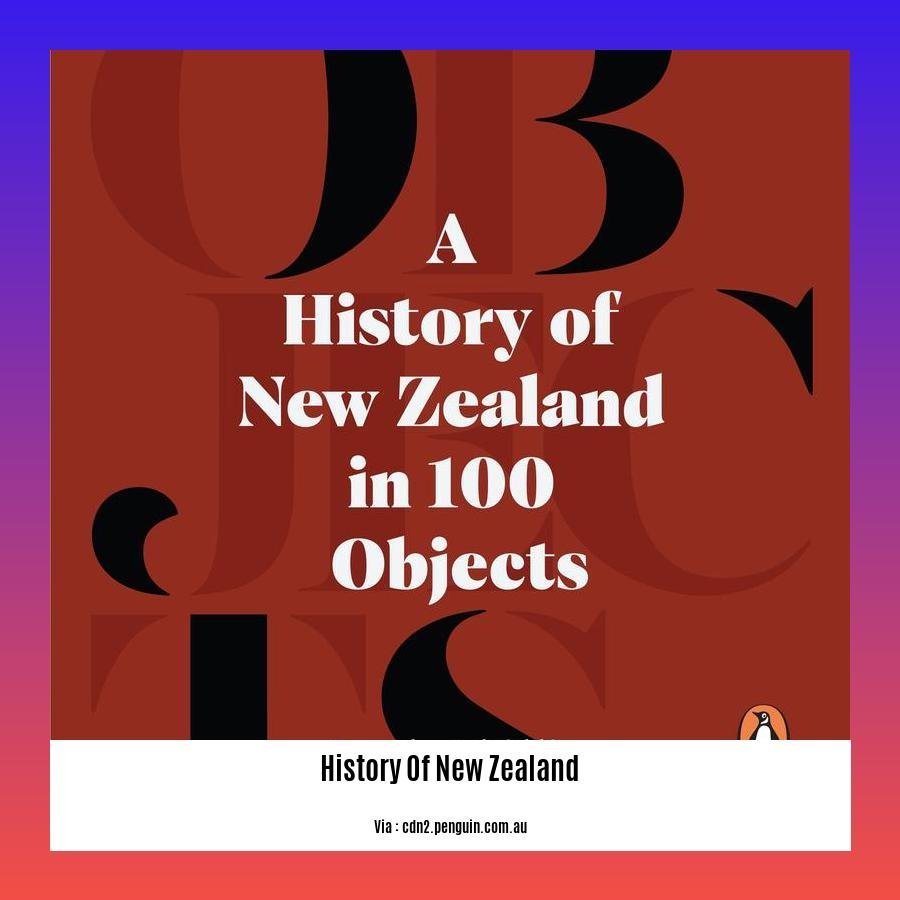
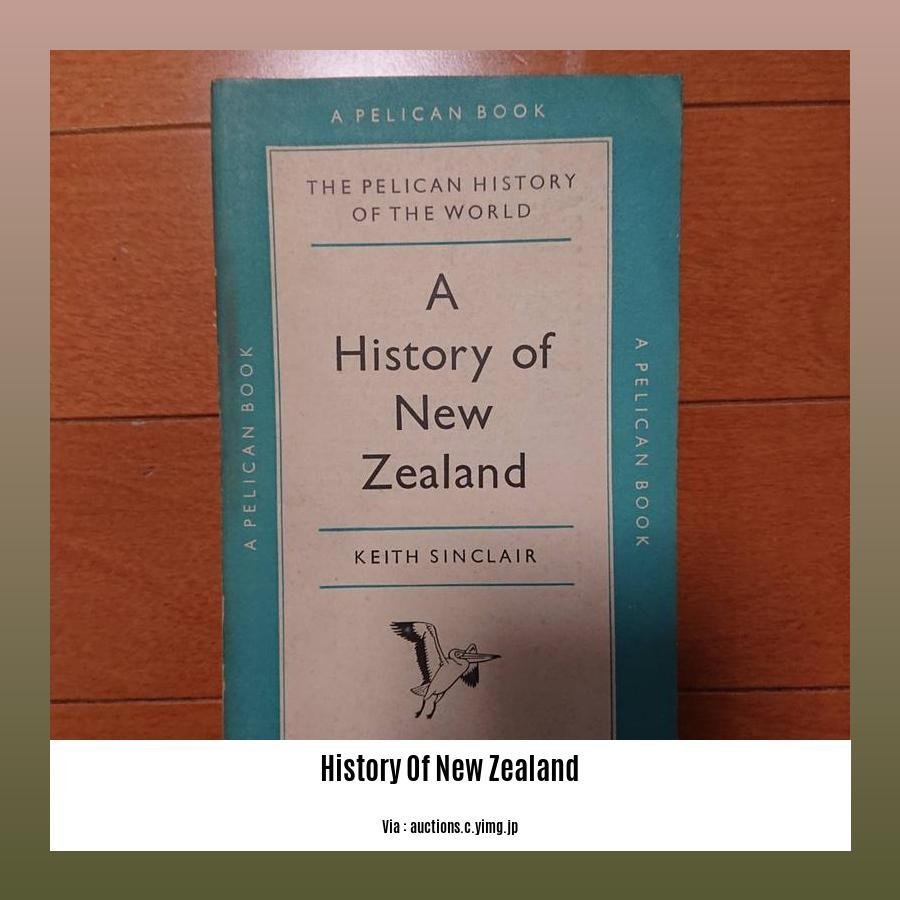
Delving into the history of New Zealand unveils a rich tapestry woven from the threads of indigenous culture, European colonization, and modern nationhood.
Māori Heritage: The Foundation Stone
The story begins with the arrival of Polynesian voyagers between 1320 and 1350 CE. Over centuries, they developed a thriving Māori culture, with its own language, customs, and social structures.
European Encounters: A Clash of Worlds
In 1642, Dutch explorer Abel Tasman made the first recorded European contact with New Zealand. However, it was British captain James Cook’s voyages in the 18th century that initiated significant interactions.
Colonial Era: From Dominion to Independence
In 1840, the Treaty of Waitangi established British sovereignty over New Zealand. The following decades witnessed the arrival of European settlers, conflict with Māori tribes, and the establishment of a self-governing colony.
Post-Independence: Forging a Nation’s Identity
New Zealand gained independence in 1947. Post-war governments focused on social welfare, economic development, and strengthening ties to the international community. The nation has emerged as a progressive and prosperous society, balancing its indigenous heritage with a modern, multicultural identity.
Key Moments in New Zealand’s History:
| Period | Event | Significance |
|---|---|---|
| 1320-1350 CE | Māori settlement | Foundation of New Zealand’s indigenous culture |
| 1788 | Establishment of Colony of New South Wales (encompassing New Zealand) | Beginning of European influence |
| 1840 | Treaty of Waitangi | Formalization of British sovereignty |
| 1907 | Women’s suffrage | New Zealand becomes one of the first countries to grant women the right to vote |
| 1947 | Independence from Britain | Birth of the modern New Zealand nation |
| 1984 | Treaty of Waitangi settlement | Acknowledgment and reconciliation of Māori grievances |
Visit our page and dive into the Maori culture of New Zealand, a distinct and vibrant part of the nation’s heritage. Additionally, explore the significant impact of European colonization of New Zealand on the country’s history and society. Don’t miss out on our sections covering New Zealand in the 20th century, the development of intravenous fluids, the uses of intravenous therapy, and the future of intravenous therapy.
Treaty of Waitangi
As a historian specializing in New Zealand’s socio-political evolution, the Treaty of Waitangi holds immense significance in my research. Signed in 1840, this agreement serves as the founding document of this nation, establishing the relationship between the British Crown and the Māori people.
Key Takeaways:
- Treaty of Waitangi established guidelines for the relationship between the British Crown and the Māori.
- Māori ceded sovereignty to the Crown while retaining rights to self-governance and protection of their assets.
- British subjects’ rights and privileges were extended to the Māori.
This treaty has been a subject of ongoing debate and interpretation, shaping New Zealand’s social, political, and legal landscape. Its provisions have been pivotal in addressing issues of Māori rights, land ownership, and cultural preservation.
The Treaty of Waitangi remains a cornerstone document in New Zealand’s history, reminding us of the complex interplay between indigenous heritage and colonial rule. Its enduring legacy continues to shape the nation’s identity and guide its path towards reconciliation and partnership.
Most Relevant URL Source:
- Te Tiriti o Waitangi – Treaty of Waitangi
The New Zealand Wars
The New Zealand Wars were a series of armed conflicts between the New Zealand colonial government and allied Māori on one side, and Māori, and Māori-allied settlers on the other. The wars were sparked by disagreements over the translation of the Treaty of Waitangi, a document signed in 1840 that established British sovereignty over New Zealand while recognizing Māori rights to self-governance and ownership of their lands.
The British fought a European-style war, while the Māori employed guerrilla tactics and used their knowledge of the local terrain to their advantage. The wars were fiercely fought on both sides, and resulted in the deaths of thousands of Māori and hundreds of British troops and settlers.
The wars had a profound impact on New Zealand society. They led to the confiscation of large tracts of Māori land, and the displacement of many Māori from their traditional tribal territories. The wars also had a lasting impact on Māori-Pākehā (non-Māori) relations, and continue to be a source of debate and controversy today.
Key Takeaways:
- The New Zealand Wars were a series of armed conflicts between the New Zealand colonial government and allied Māori on one side, and Māori and Māori-allied settlers on the other.
- The wars were sparked by disagreements over the translation of the Treaty of Waitangi.
- The British fought a European-style war, while the Māori employed guerrilla tactics.
- The wars were fiercely fought on both sides, and resulted in the deaths of thousands of Māori and hundreds of British troops and settlers.
- The wars had a profound impact on New Zealand society, leading to the confiscation of large tracts of Māori land and the displacement of many Māori from their traditional tribal territories.
Citation:
FAQ
Q1: When did the Māori people first settle in New Zealand?
A1: Polynesians, including the Māori, arrived in New Zealand between 1320 and 1350 CE.
Q2: What is the significance of the Treaty of Waitangi?
A2: The Treaty of Waitangi, signed in 1840, established the relationship between the British Crown and Māori and remains a foundational document in New Zealand history.
Q3: What caused the New Zealand Wars?
A3: The New Zealand Wars (1845-1872) were triggered by disputes over the translation of the Treaty of Waitangi regarding sovereignty.
Q4: What were the key technological differences in warfare during the New Zealand Wars?
A4: British troops used modern Pattern 1853 Enfield rifled muskets, while Māori employed traditional weaponry and guerrilla tactics.
Q5: When was the National Day of Commemoration for the New Zealand Wars established?
A5: The National Day of Commemoration, which honors those who participated in the New Zealand Wars, was inaugurated in 2017.
- China II Review: Delicious Food & Speedy Service - April 17, 2025
- Understand Virginia’s Flag: History & Debate - April 17, 2025
- Explore Long Island’s Map: Unique Regions & Insights - April 17, 2025
